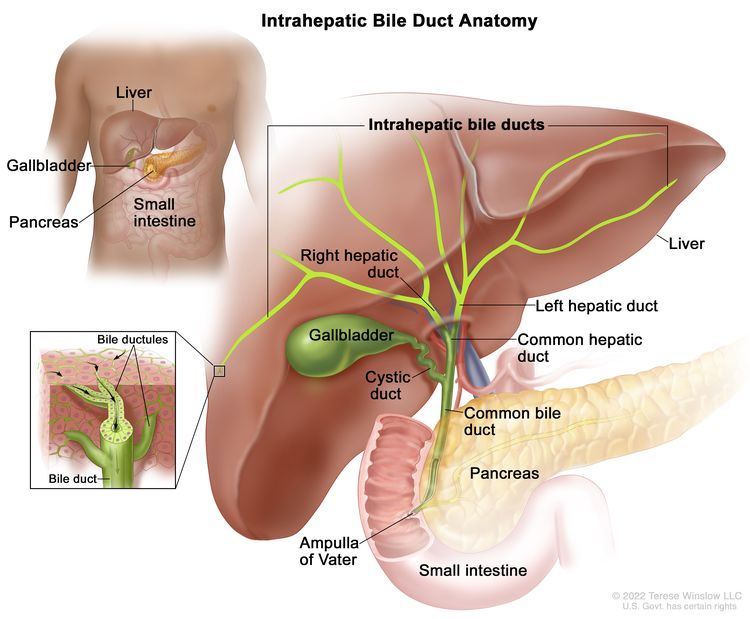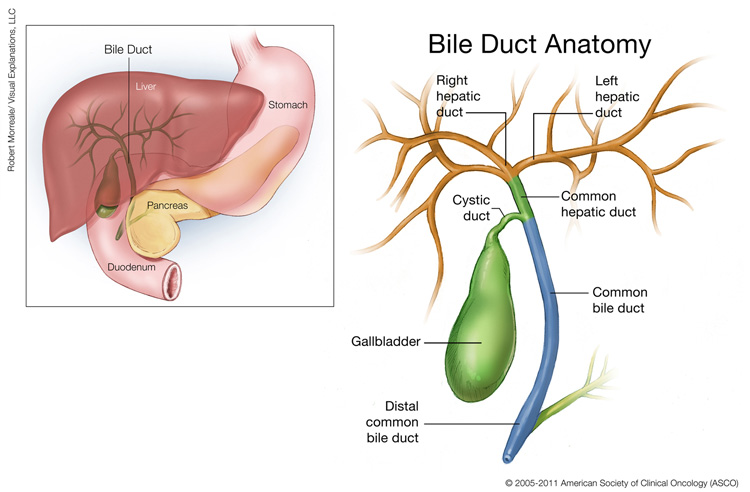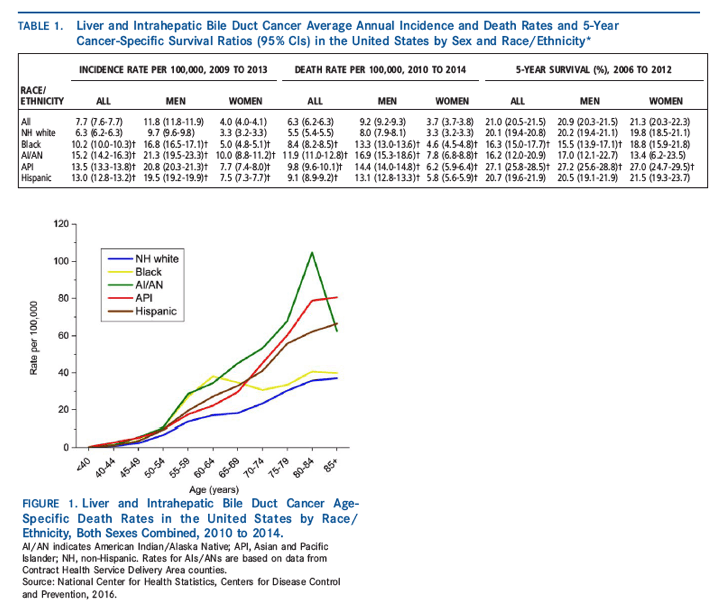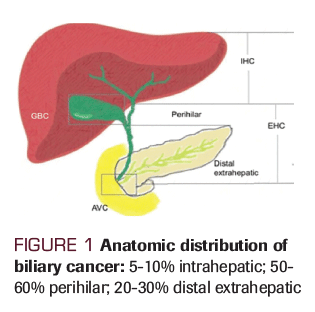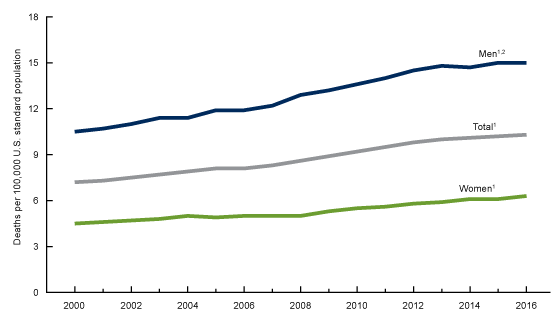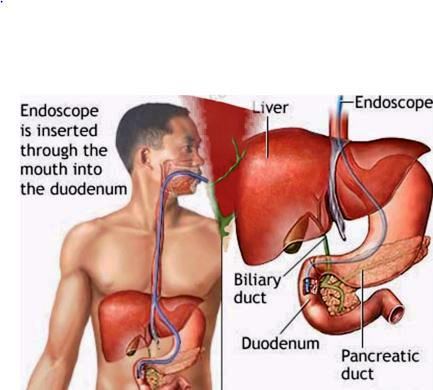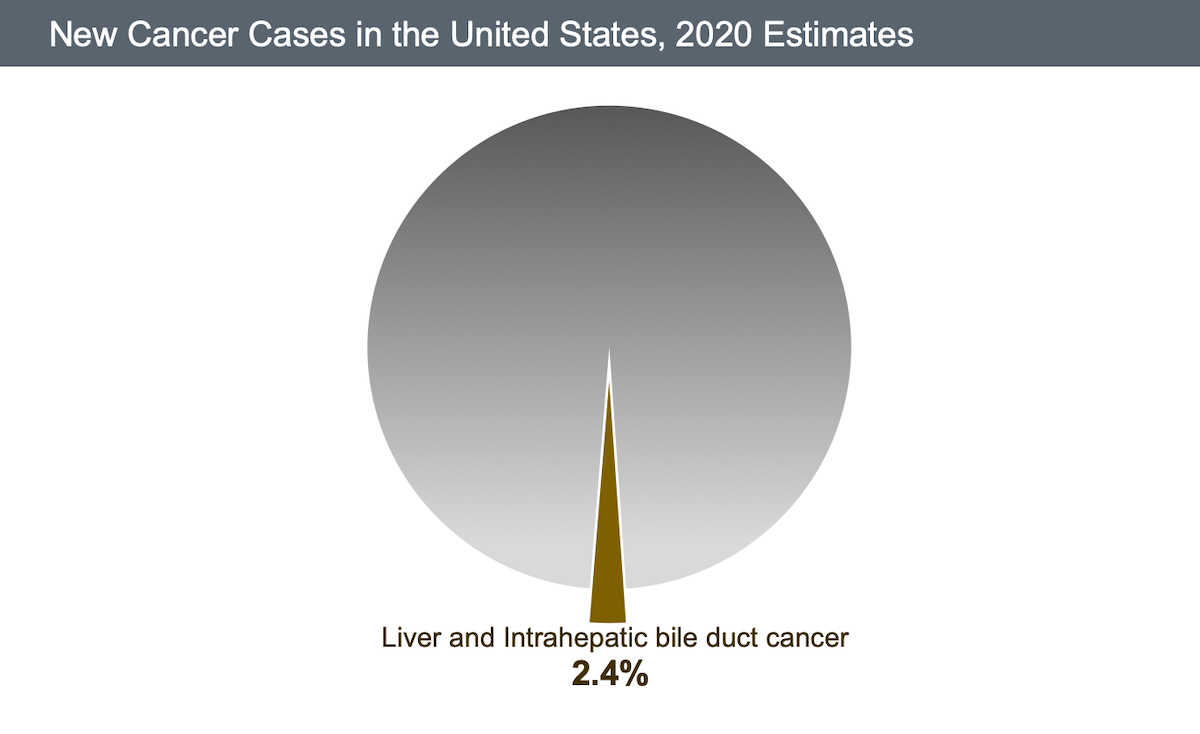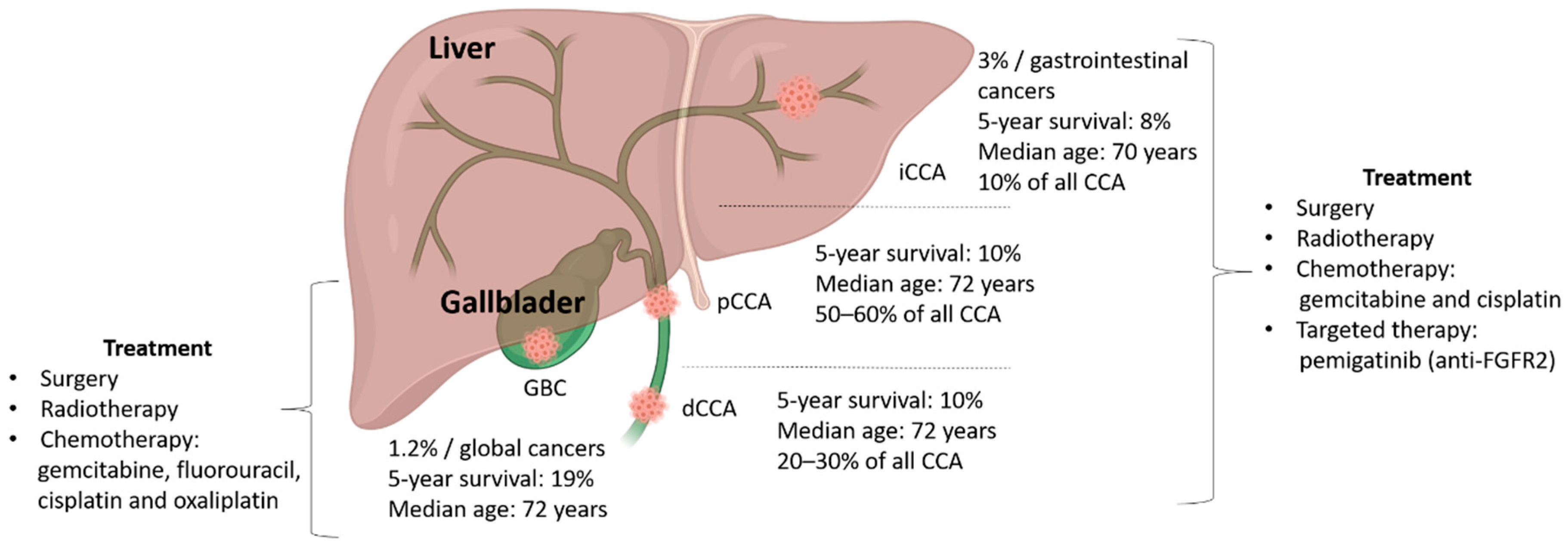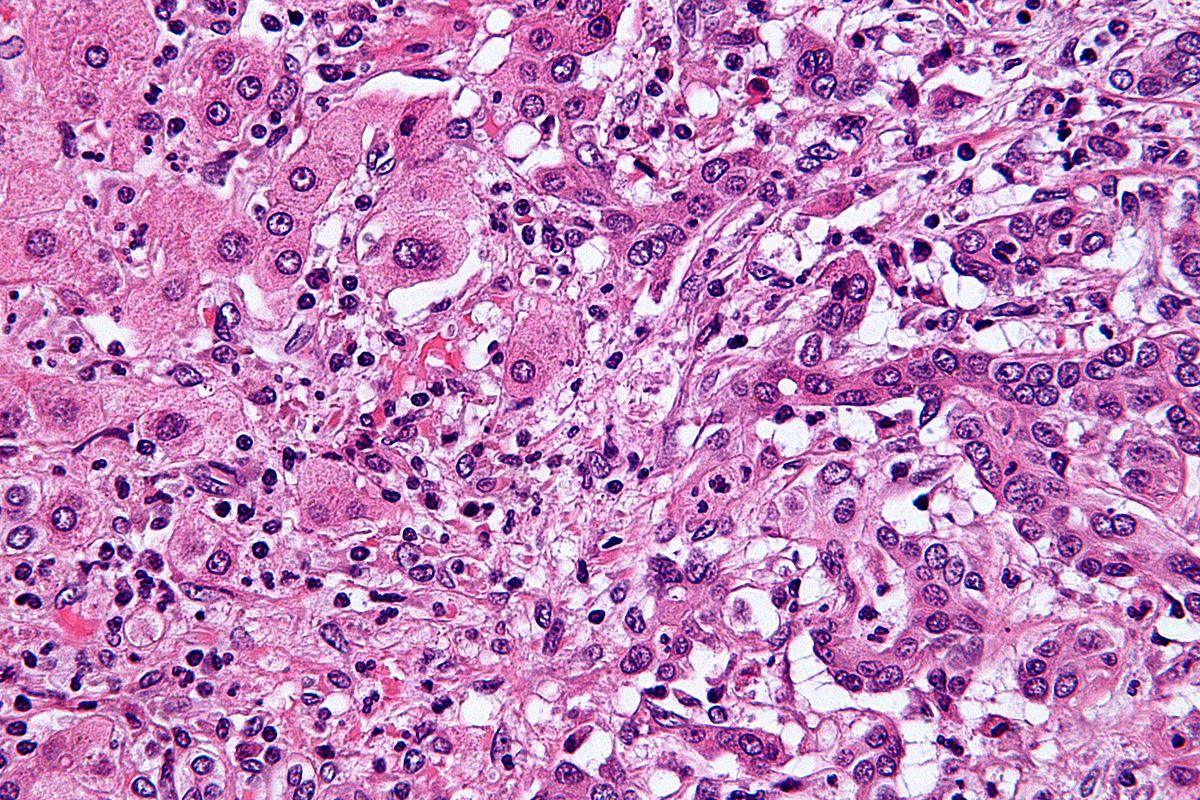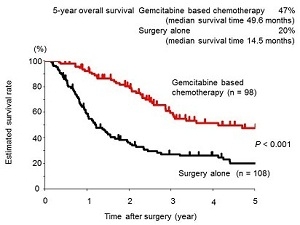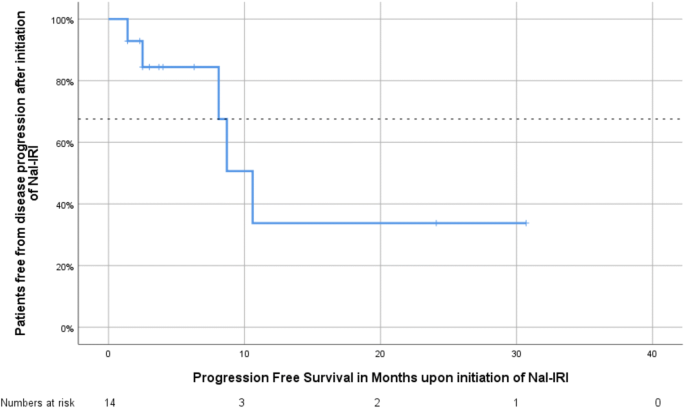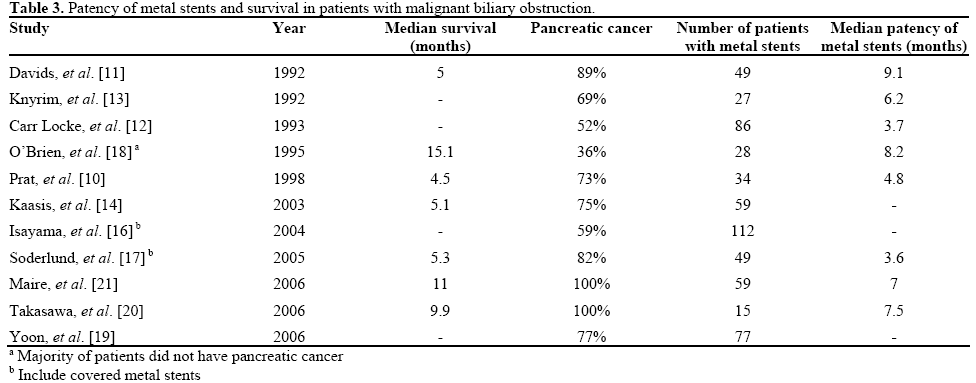Liver Duct Cancer Survival

This condition also known as bile duct cancer is an uncommon form of cancer that occurs mostly in people older than age 50 though it can occur at any age.
Liver duct cancer survival. Bile duct cancer is a rare form of cancer with approximately 2 500 new cases. Bile ducts connect your liver to your gallbladder and to your small intestine. Bile duct cancer is a rare disease in which malignant cancer cells form in the bile ducts. Bile duct cancer arises from the cells that line the bile ducts the drainage system for bile that is produced by the liver bile ducts collect this bile draining it into the gallbladder and finally into the small intestine where it aids in the digestion process.
Bile duct cancer is also called cholangiocarcinoma. It is important to remember. Lung cancer can spread to any region of the body but most commonly spreads to the liver the lymph nodes the brain the bones and the adrenal glands. The 5 year relative survival for localized liver and intrahepatic bile duct cancer is 34 2.
Cancer has spread beyond the pancreas and into distant locations in the body such as the liver or bones. If the cancer has spread to a distant part of the body the 5 year survival rate is 2. The stage 4 liver cancer is eventually the last stage of the cancer and the survival chances of the victim largely decrease at the stage due to complicated scenarios. For example if the 5 year relative survival rate for a specific stage of bile duct cancer cholangiocarcinoma is 30 it means that people who have that cancer are on average about 30 as likely as people who don t have that cancer to live for at least 5 years after being diagnosed.
For people with non small cell lung cancer the spread of cancer to the liver would classify it as a stage 4 cancer. With small cell lung cancer it would be classified as an extensive stage. For liver and intrahepatic bile duct cancer 44 4 are diagnosed at the local stage. If the cancer is diagnosed at an early stage the 5 year survival rate is 24.
A network of tubes called ducts connects the liver gallbladder and small intestine this network begins in the liver where many small ducts collect bile a fluid made by the liver to break down fats during digestion the small ducts come together to form the right and left hepatic ducts which lead. Improving your outlook survival rates are representative of previous years of treatment. The 5 year survival rate for intrahepatic bile duct cancer is 8. If the cancer has spread to the regional lymph nodes the 5 year survival rate is 7.
It is sometimes referred as metastatic hepatic carcinoma. Primary liver cancer hepatocellular carcinoma tends to occur in livers damaged by birth defects alcohol abuse or chronic infection with diseases such as hepatitis b and c hemochromatosis a.

